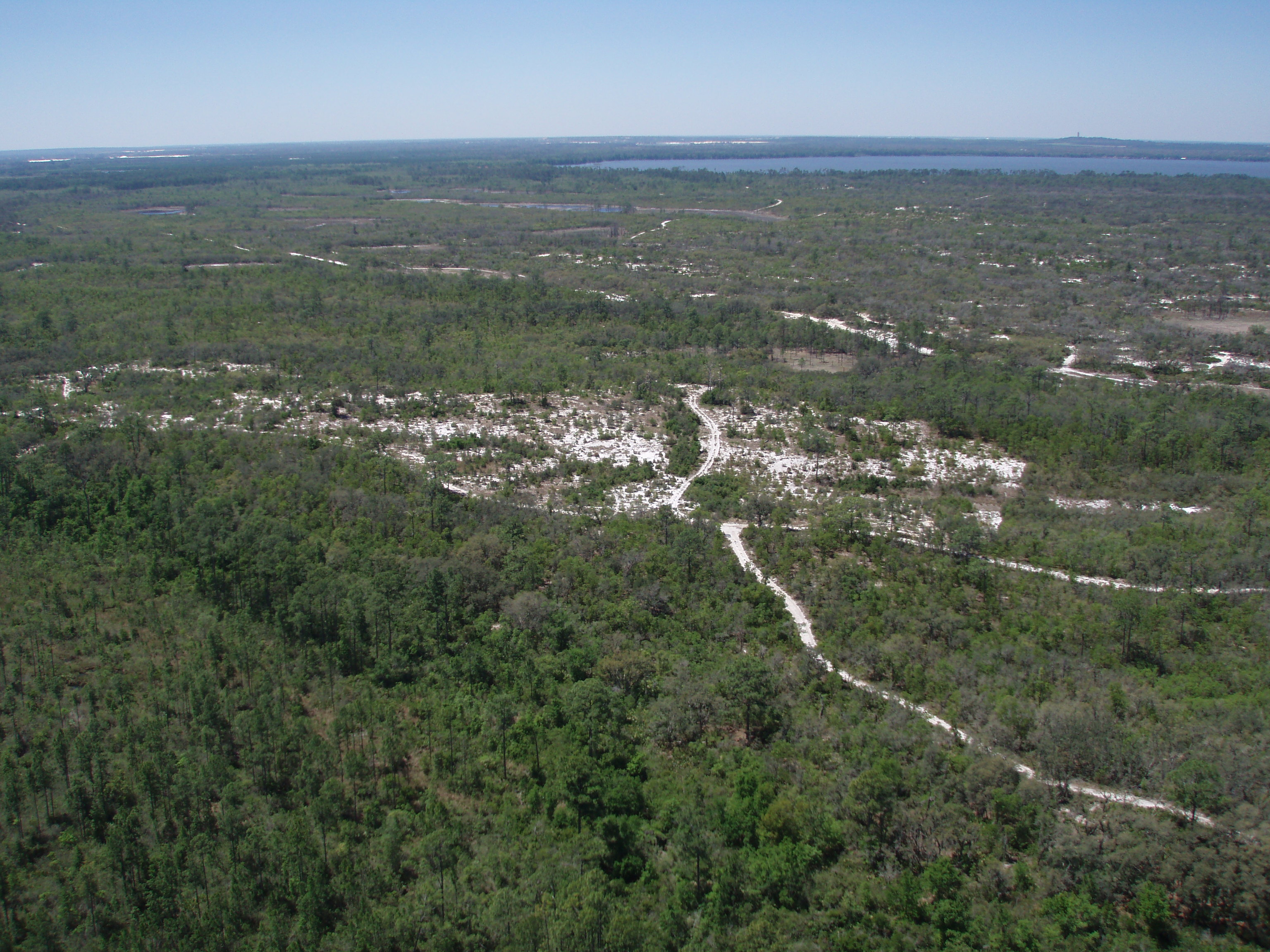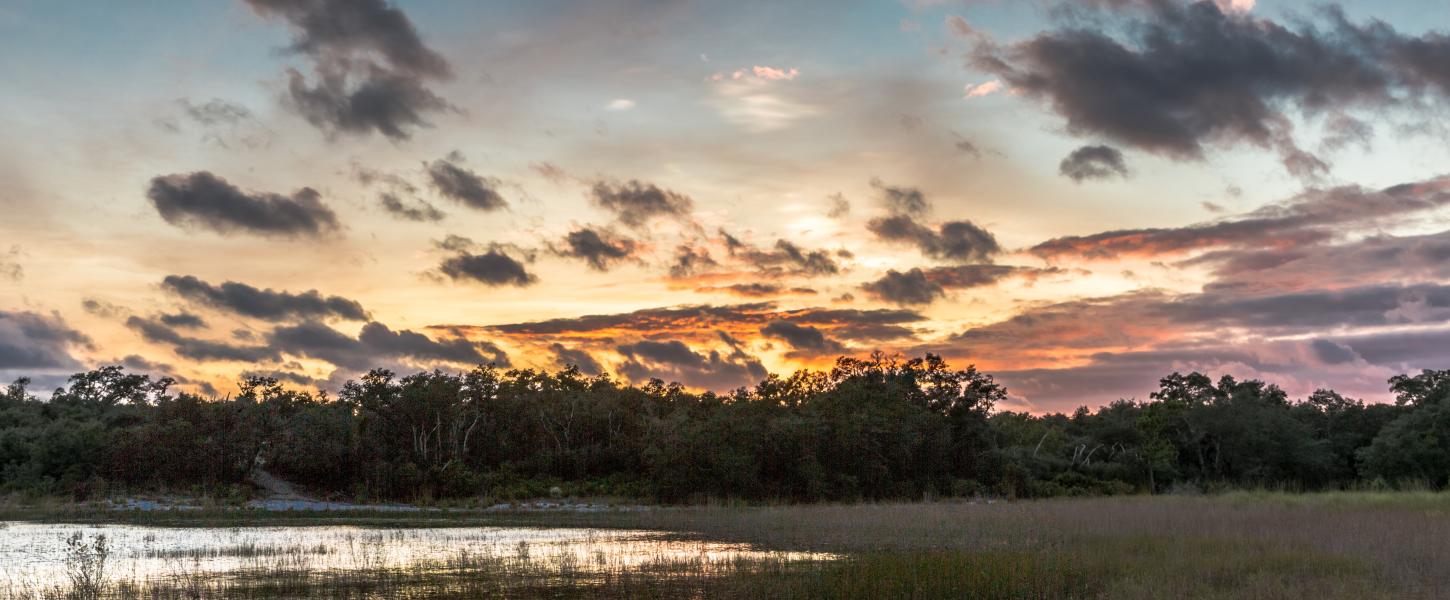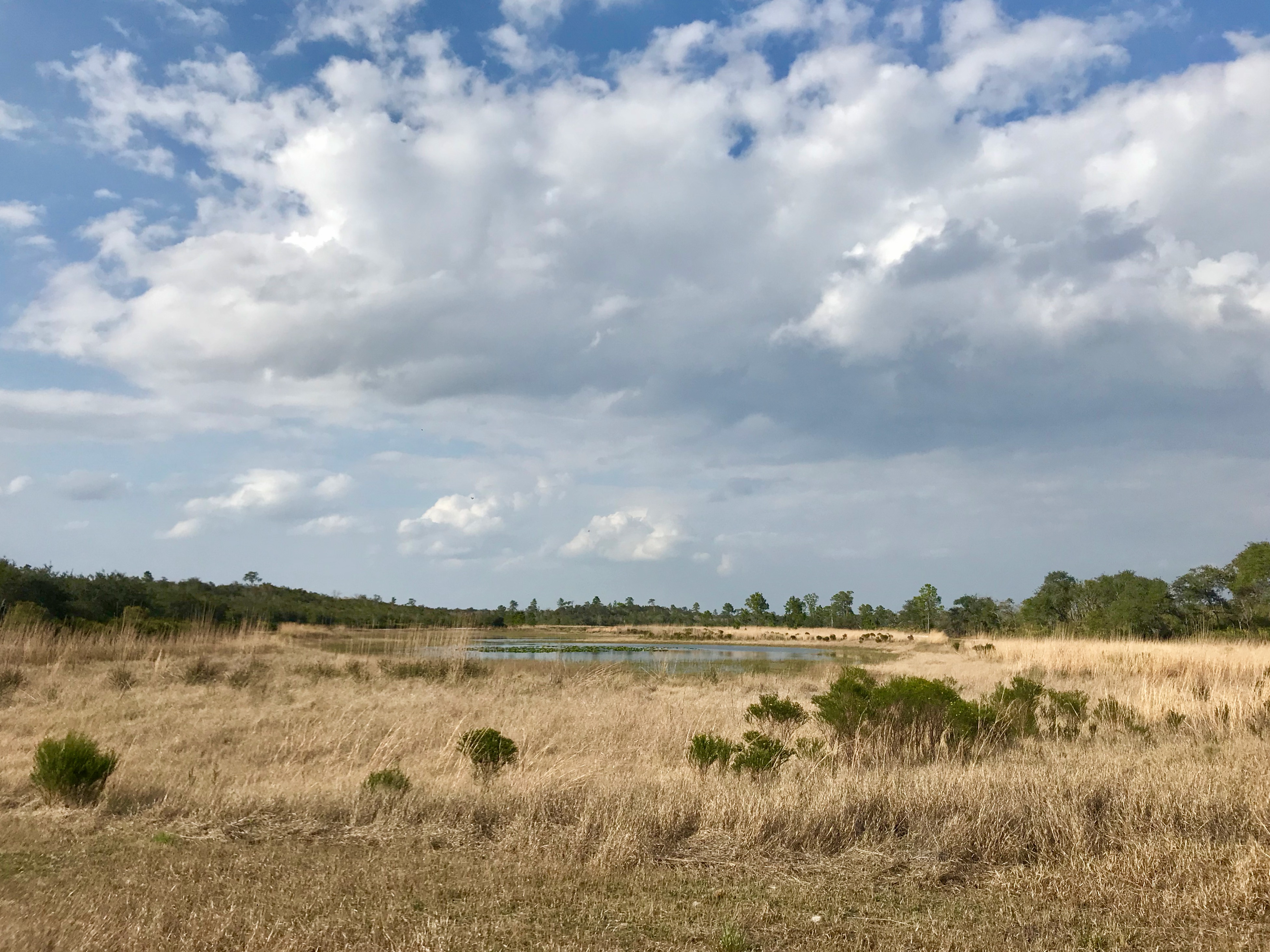
Florida’s Ancient Sand Dunes on the Lake Wales Ridge

Allen David Broussard Catfish Creek Preserve State Park is located on the eastern edge of a topographic feature called the Lake Wales Ridge. It is the highest and oldest ridge in Florida and extends about 100 miles from Clermont in Lake County, south to Sebring, terminating in Venus, Highlands County. These ridges started forming millions of years ago through the rising and falling of sea levels back when most of Florida was under water. These dunes were islands and are some of the oldest habitat found in Florida.

Central Florida receives about 50 inches of rain, and the sandy soils allow the water to seep down into the deep Floridan aquifer. The area is considered to be a primary recharge locale for the aquifer.
The habitats are relatively dry and desert-like with many of the plants and animals inhabiting the Lake Wales Ridge adapted for such a dry habitat. Many species found on the ridge are found nowhere else in the world, making the scrub a unique and biologically important habitat.
This area is home to one of the highest number of rare plants and animals in the United States. Approximately 85% of the original, dry uplands habitat on the Lake Wales Ridge has been lost to agriculture and development. Allen David Broussard Catfish Creek Preserve State Park helps preserve some of this remaining habitat for future generations.

Even though most of the rain percolates quickly through the sand, some of it collects in the many small ponds that dot the landscapes between several ridges within the preserve. Old-timers used to call this area tub-hills because of the many, mostly clear water bodies found in the preserve between the ridges.

These wetland features contrast starkly with the high, dry scrub and sandhill habitat. These dry habitats like many Florida ecosystems are pyrogenic, meaning they are adapted to fire. Scrub is maintained by high-intensity low-frequency fires, that burn between 10 to 40 years, while the sandhill at the preserve burned historically at a more frequent rate with much less intensity on average.
At the preserve, we use prescribed fire to mimic these conditions. A large majority of this habitat, which has some of the highest elevations in Florida, depends on fire for its existence and its inhabitants.

Visit Allen David Broussard Catfish Creek Preserve State Park to experience ...the Real Florida!